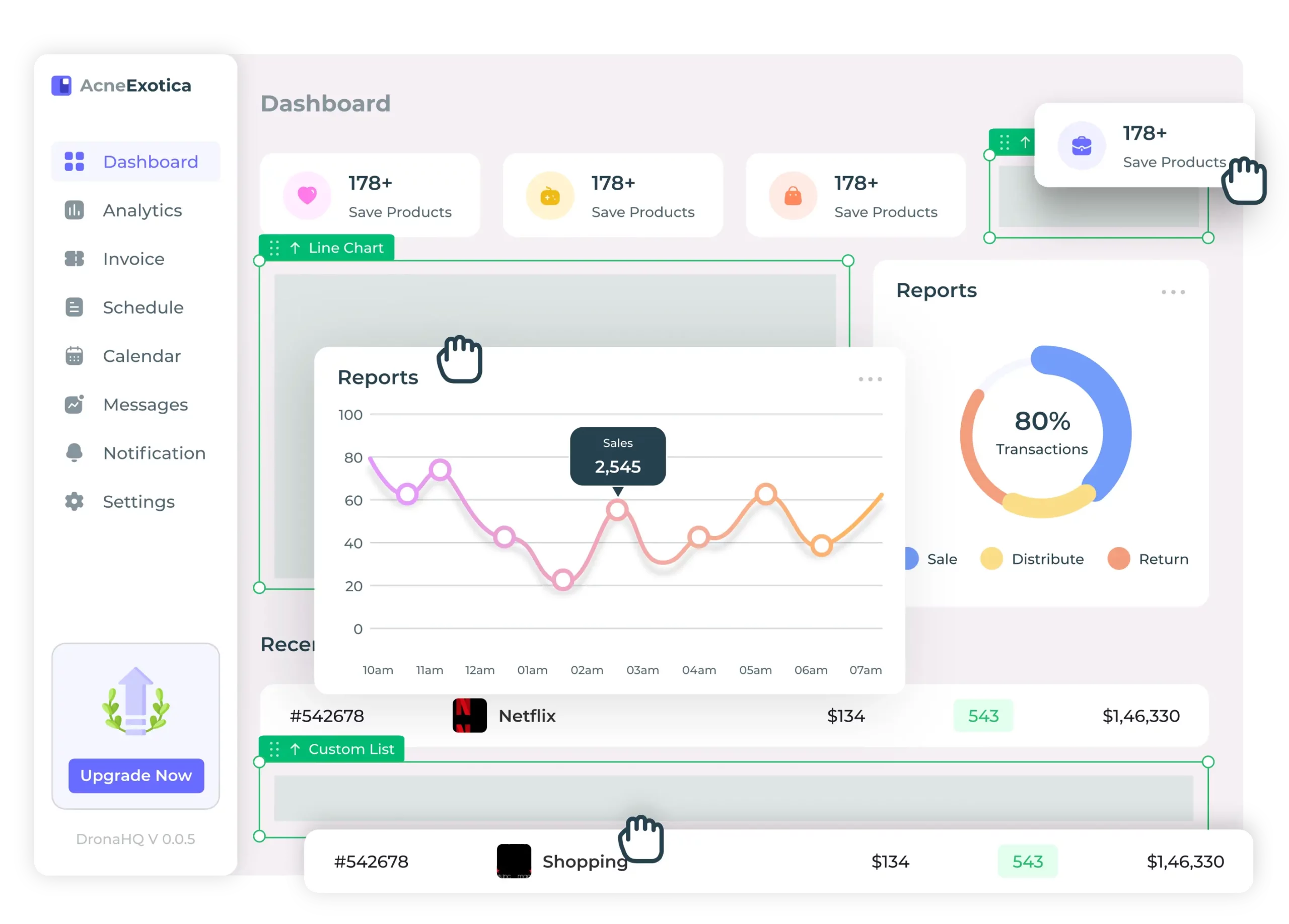In the world of digital products, the terms UX (User Experience) and UI (User Interface) are often used interchangeably — but they represent two distinct disciplines that together define how users interact with technology. Understanding the difference between UX and UI is essential for creating intuitive, engaging, and successful digital experiences.
What Is UX and UI? Explaining the Difference
User Experience (UX) refers to the overall journey a user goes through while interacting with a product or service. It focuses on usability, accessibility, and satisfaction.
User Interface (UI), on the other hand, deals with the visual design — the buttons, colors, icons, and layout that users interact with directly.
Think of UX as the foundation and UI as the finishing touch. A product with great UI but poor UX will look attractive but feel frustrating. Conversely, great UX with poor UI might be functional but unappealing. The best digital products combine both disciplines seamlessly.
What Is the 80/20 Rule in UX Design?
The 80/20 rule in UX design, also known as the Pareto Principle, suggests that 80% of results come from 20% of efforts. In user experience, this means that a small number of core features or actions often generate the majority of user value.
By identifying and optimizing these critical 20%, designers can streamline interfaces, reduce complexity, and create more efficient user flows.
What Should You Learn First: UI or UX?
If you’re just starting your design journey, it’s best to learn UX first. Understanding user behavior, research methods, and journey mapping builds a strong foundation for UI design. Once you grasp how users think and interact, you can design more effective interfaces that align with real user needs.
However, modern designers often develop both skills together, since UX and UI constantly influence each other in every project.
Which Is More Important: UI or UX?
It’s not a matter of which is more important — both are equally essential.
- UX ensures that a digital solution works well and meets user needs.
- UI ensures that the product looks beautiful, intuitive, and aligned with brand identity.
In a successful project, UX and UI work hand in hand. A visually stunning app without good UX will frustrate users, while a highly functional app with poor visuals may fail to attract them.
Why UX and UI Are Crucial for IT Projects
For companies developing complex digital platforms, the balance between UX and UI can determine the overall success of the product. That’s why industry leaders like Singleclic emphasize a user-centered approach in every IT solution — from ERP systems to web applications.
To dive deeper into how user experience impacts modern technology, explore this related article:
👉 User Experience (UX) in Tech Solutions
Final Thoughts
Understanding the difference between UX and UI helps businesses create products that are not only functional but also delightful to use. Whether you’re developing a mobile app, website, or enterprise software, prioritizing both user experience and interface design leads to higher satisfaction, better conversion rates, and stronger brand loyalty.
About Singleclic
Singleclic is a leading IT solutions company founded in 2013, serving businesses across the Arab world. The company specializes in:
- Software Development: Custom applications tailored to each client’s goals, supporting digital transformation with Low-code, ERP, and CRM solutions.
- Network Solutions: Design, installation, and infrastructure maintenance.
- Cybersecurity: Protecting organizations from evolving digital threats.
- Hosting Services: Scalable and secure web, server, and Cloud Native hosting.
- Technical Support: 24/7 professional assistance for all clients.
📞 Egypt: +2 010 259 99225
📞 UAE: +971 42 475421
📞 KSA: +966 58 1106563
🌐 Website: https://singleclic.com/









